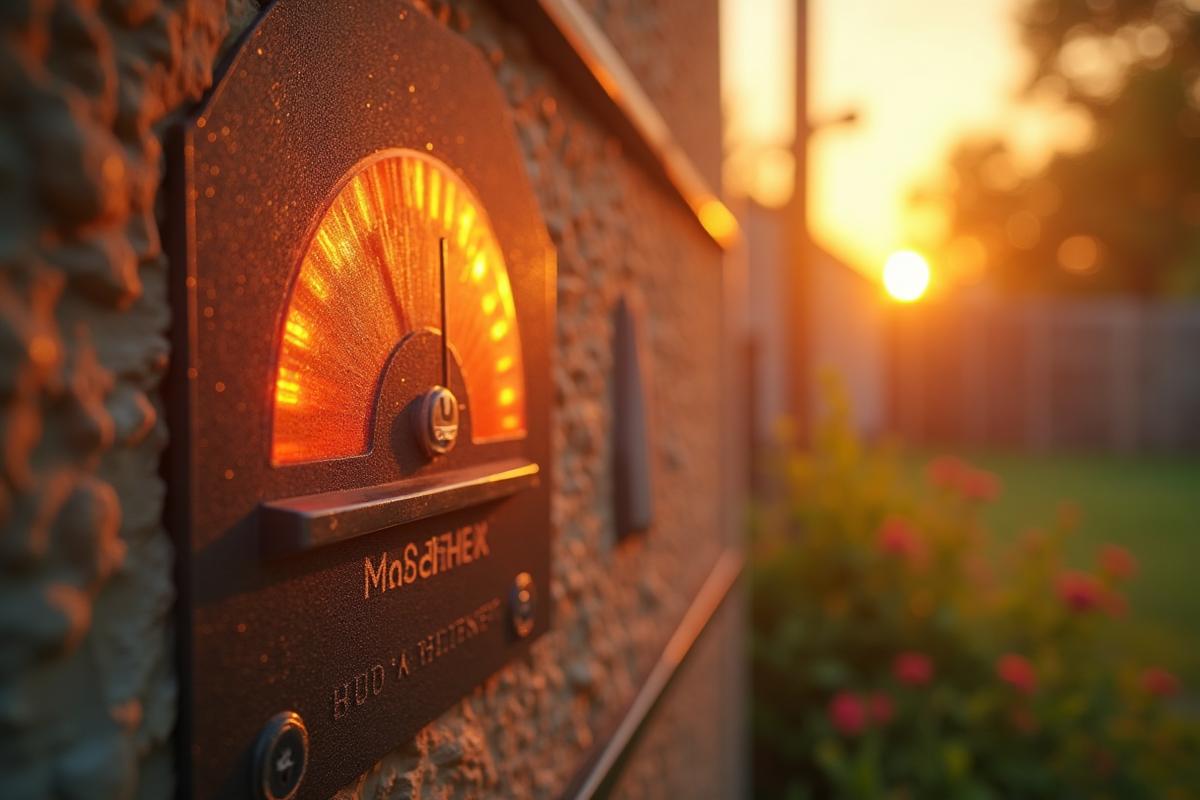Austin’s first 100-degree day arrives with surprising suddenness each spring, transforming the city from comfortable spring weather to brutal summer heat almost overnight. This dramatic temperature jump creates the perfect storm for HVAC system failures, as units that seemed adequate during mild weather suddenly struggle to maintain comfortable indoor temperatures.
The transition from spring’s moderate 80-degree days to summer’s relentless heat exposes every weakness in residential cooling systems. Systems that coasted through winter and spring suddenly face demands they’re not prepared to handle, leading to emergency service calls, uncomfortable homes, and expensive repairs during the most challenging time to find HVAC help.
Why Systems Fail on Hot Days
HVAC systems are designed to handle peak loads, but many Austin systems haven’t been properly maintained or were undersized from the beginning. When outdoor temperatures jump from 85°F to 100°F, cooling demands don’t increase proportionally—they skyrocket exponentially.
A system that maintains 75°F indoors when it’s 85°F outside faces dramatically different challenges when outdoor temperatures reach 100°F. The greater temperature differential requires more energy, puts additional strain on components, and pushes systems beyond their comfortable operating range.
Austin’s intense solar heat load compounds the problem. Afternoon sun beating down on roofs and walls creates additional heat that systems must overcome beyond just the ambient air temperature. This solar gain can add the equivalent of 10-15 degrees to the effective outdoor temperature your system experiences.
Maintenance Issues That Cause Failures
Dirty air filters become system killers when heat arrives. Filters that seemed adequate during mild weather restrict airflow when systems need maximum cooling capacity. Reduced airflow causes coils to freeze, compressors to overheat, and systems to shut down during peak demand periods.
Low refrigerant levels that went unnoticed during spring become critical problems when systems face sustained high-demand operation. Austin’s temperature extremes reveal refrigerant leaks that cause systems to struggle and eventually fail when homeowners need cooling most.
Electrical connections stressed by months of temperature cycling can fail under the higher electrical loads required for peak cooling. Loose connections create heat, reduce efficiency, and can cause complete system failures during extended operation periods.
Capacity and Sizing Problems
Undersized systems become apparent on Austin’s first hot day when units run continuously without reaching thermostat settings. Systems sized for average conditions struggle with peak loads, leaving families uncomfortable despite systems running constantly.
Ductwork problems that seemed minor during moderate weather become major issues when systems need maximum airflow. Leaky ducts waste precious cooling capacity, while undersized ducts restrict airflow and reduce system effectiveness.
Insulation deficiencies allow heat to penetrate homes faster than systems can remove it. Attic insulation that seemed adequate during winter becomes insufficient when temperatures soar and solar heat builds throughout the day.
Preventive Strategies That Work
Spring system checkups identify potential problems before they cause failures during peak heat. Professional maintenance visits should include coil cleaning, refrigerant level checks, electrical connection inspection, and system performance testing under load.
Filter replacement schedules should accelerate as temperatures rise. Austin homes often need monthly filter changes during peak season, especially homes with pets or high dust levels from construction activity.
Thermostat programming adjustments help systems handle temperature transitions more effectively. Gradual temperature changes work better than dramatic adjustments that shock systems into high-demand operation.
Emergency Preparation
Austin homeowners should identify backup cooling options before they’re needed. Window units, portable air conditioners, or plans to stay with friends or family can provide safety nets when primary systems fail during heat waves.
Understanding your system’s limits helps you recognize problems early. Systems that run continuously, produce warm air, or create unusual noises need immediate attention before complete failures occur.
Building Resilience
Consider upgrades that improve system resilience: surge protectors for outdoor units, smart thermostats with adaptive scheduling, backup power solutions, and improved insulation and air sealing.
Regular professional maintenance relationships ensure priority service when problems occur. Many contractors offer priority scheduling for maintenance customers, crucial when everyone needs service simultaneously.
The Bottom Line
Austin’s first 100°F day doesn’t have to be a crisis. With proper preparation and maintenance, your HVAC system can handle whatever Texas summer throws at it. The key is getting ahead of the problem instead of reacting to it.
Remember: every degree matters in Austin. The difference between a system that works at 95°F and one that works at 105°F is usually just proper maintenance and preparation.

 Share
Share Twitter
Twitter LinkedIn
LinkedIn Facebook
Facebook Copy Link
Copy Link